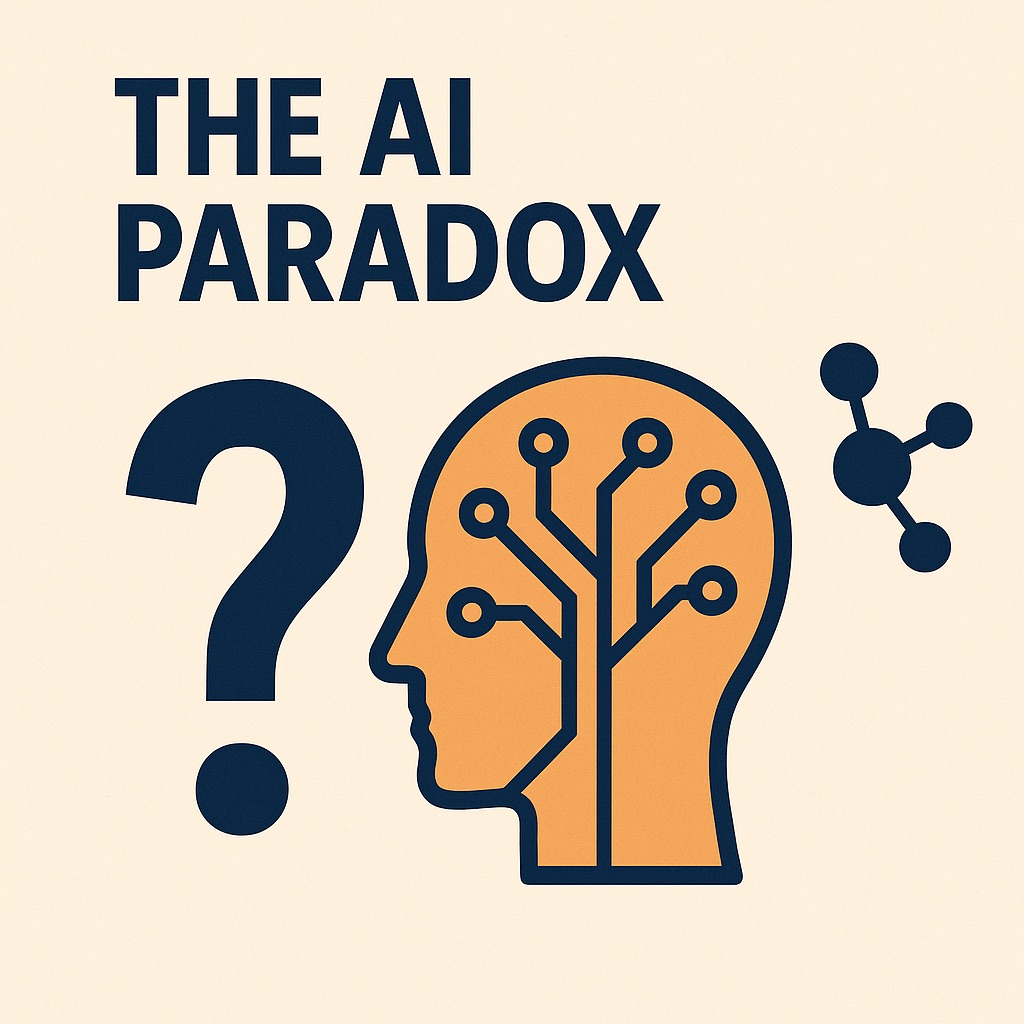
Mindfulness is no longer a fringe practice. It’s mainstream.
CEOs meditate before board meetings. Managers turn to Calm or Headspace between calls. Leadership retreats open with breathing exercises.
And the research backs it up. MIT Sloan recently found that mindful leaders are more effective at managing change. They respond with less reactivity, foster stronger trust, and keep their teams steady when the ground is shifting. Other studies echo this: organizations led by mindful executives report higher engagement, lower burnout, and more adaptive cultures.
But here’s the uncomfortable truth: mindfulness at the top doesn’t move the needle unless it is translated into daily leadership habits across the whole system.
We’ve seen it firsthand in healthcare, pharma, and life sciences organizations:
- A mindful CEO who radiates calm but presides over a middle-management layer where feedback is avoided.
- Managers who meditate daily but still let silence kill projects.
- Leaders who stay serene during crises but never turn awareness into action their teams can follow.
The result? A dangerous gap between individual awareness and organizational change.
Because here’s the thing: mindfulness is the spark, not the fire. Awareness matters, but only when it spreads into visible routines, team rituals, and operational processes does it ignite real transformation.
At Bee’z, this is where we come in. Working with mission-led healthcare and life sciences organizations, we help leaders move beyond private mindfulness and embed awareness into the fabric of leadership, culture, and operations.
We do this through four levers that determine whether change sticks:
- Transformation Leadership
- Middle Management Activation
- Cultural Transformation
- Operational Excellence
A calm leader can be inspiring. A CEO who breathes through crisis. A director who stays steady when pressure is high.
But calm on its own does not change an organization. What changes people is what they see, hear, and feel every day.
That’s why mindfulness in the C-suite must move from private practice to public habit.
We often meet leaders who meditate, reflect, or journal. These are good personal habits. But when they stop there, teams do not notice. Staff still see:
- Decisions rushed in hallways
- Meetings with no clear outcomes
- Leaders who avoid hard conversations
At Bee’z, we help executives translate mindfulness into micro-actions — small, visible practices that shape the system. Examples include:
- Decision circles instead of rushed firefighting
- Reflection rituals at the end of projects
- Leaders starting meetings with purpose and ending with commitments
In healthcare, pharma, and life sciences, leaders are judged by how their choices ripple through wards, labs, and supply chains. Calm in a boardroom is useful, but what truly builds trust is how leaders act when stakes are high.
A mindful CEO can set the tone. But culture does not trickle down from the top. It multiplies — in the middle.
MIT Sloan calls it building culture from the middle out. Middle managers are the real carriers of culture. They lead shift handovers in hospitals, guide lab teams through deadlines, and chair cross-functional projects.
If mindfulness stops at the C-suite, managers fall back on habits that kill culture:
- Avoiding feedback
- Rushing decisions under pressure
- Letting silence grow instead of naming tension
At Bee’z, we equip managers to turn abstract values into visible actions:
- Opening meetings with reflective check-ins
- Linking choices back to mission and patient impact
- Normalising feedback so issues are addressed early
- Ending meetings with clear accountability
When middle managers practise mindful leadership, culture doesn’t just survive — it spreads. It turns into lived practice on the ward, in the lab, in the cross-functional project team.
Every hospital, pharma company, and research lab has values. Excellence. Collaboration. Integrity.
They look good on the website. They hang in reception. But do they live in the way people work?
Values do not survive in laminated form. They survive in rituals — repeated, symbolic actions that show “this is how we do things here.”
At Bee’z, we help organizations co-create rituals that make values visible:
- Debrief rituals at the end of shifts or projects
- Celebration rituals for small wins
- Conflict rituals to surface tension before it festers
When culture is anchored in rituals, pressure strengthens it instead of eroding it. Teams feel connected, safe to speak up, and proud of how they work together.
Healthcare and life sciences run on pressure. Tight budgets. Endless compliance. No margin for error.
In that world, excellence often gets confused with more speed, more control, more pressure. But speed without reflection breaks people. Burnout is not excellence.
At Bee’z, we bring mindfulness into operations by:
- Building pause points into improvement cycles
- Training managers to notice where processes cause waste or frustration
- Designing workflows that balance efficiency and humanity
When mindfulness is built into operations, improvements last, staff feel trusted, and excellence becomes sustainable.
MIT Sloan is right: mindful leaders do manage change better.
But mindfulness on its own is fragile.
Real transformation happens when awareness is scaled into leadership, middle management, culture, and operations.
At Bee’z, we help mission-led healthcare, pharma, and life sciences organizations make this shift.
We turn awareness into daily habits across four levers:
This is how change not only starts, but lasts.
👉 Want to move beyond mindfulness as a personal practice and make it your engine for transformation?Let’s talk → www.beez-consulting.com/fr/contact


Growth in healthcare isn’t about getting bigger anymore. It’s about getting better — and Europe’s hospitals are showing how. Discover how the next wave of leaders is changing healthcare.


From blame to accountability : how a culture of responsibility boosts care quality, engagement, and performance in healthcare. Let’s talk about this !


AI is everywhere in life sciences. It can design trial protocols in minutes, flag side effects before they appear, and even draft regulatory documents while you sleep.
